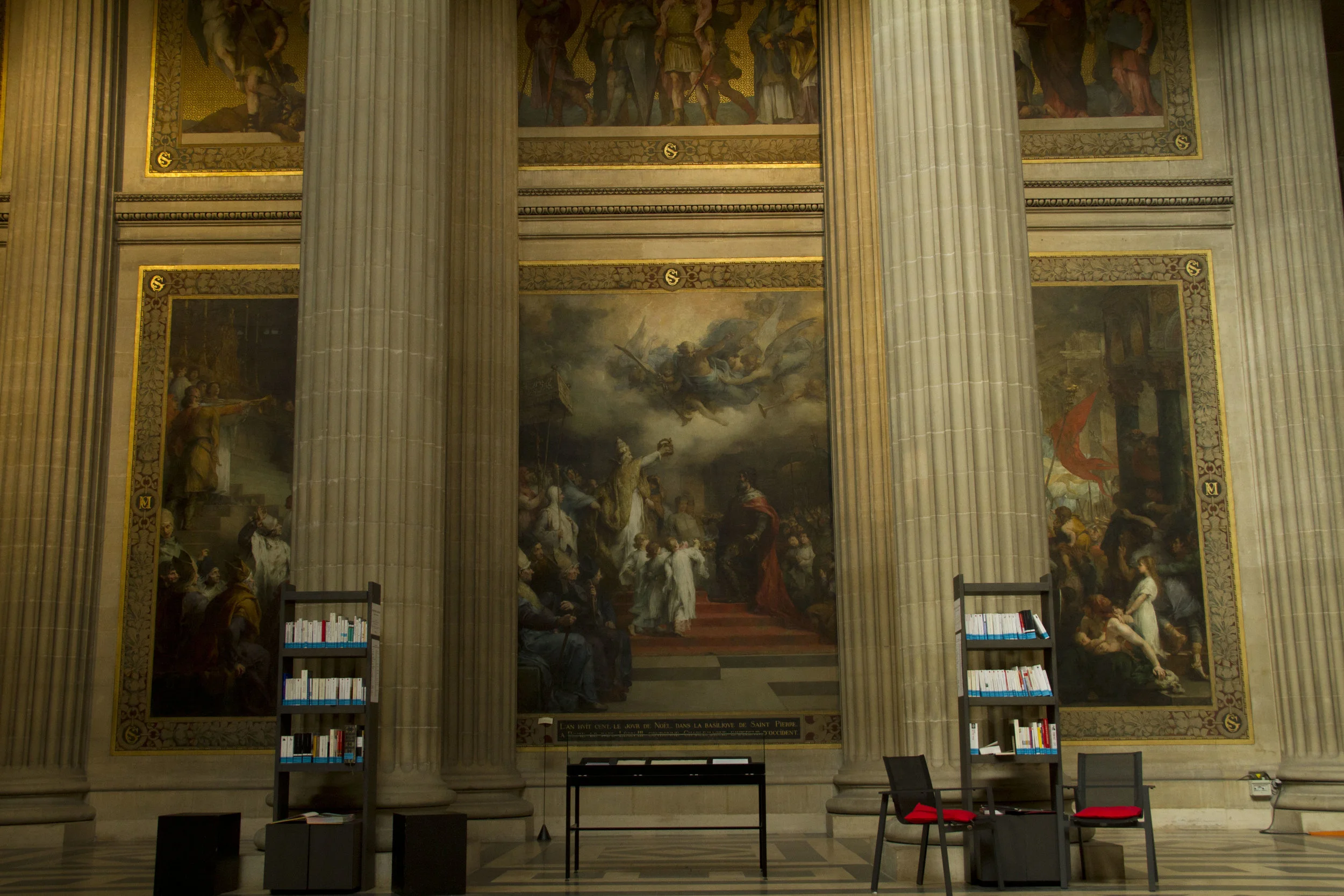Paris: Visiting Crypte archéologique de l'île de la Cité
UPDATED: 10/14/2025
Note: Some links throughout our site are affiliate links, which means we may receive a small commission at no cost to you.
Booking a trip to Paris? Check out these great accommodation options available through VRBO! If you want to rent a bike or take a bike tour in Paris, check out Unlimited Biking here.
you might enjoy visiting the Crypt if…
…you are a lover of history, archaeology, anthropology, Roman and early European history, and if you want to escape the crowds of more well-known city sites.
what’s in a name: what is a crypt??
First, let’s set the stage for what a ‘crypt’ is because I had mistakenly affiliated it only with burial spots. A crypt, at its core, is an underground vault. Most commonly they are associated with churches and are burial spots below ground. This crypt is an anthropological one, an underground vault housing archaeological findings, I guess in a way it is a burial ground of a prior city, too.
how to find the Crypte archéologique
When we looked at the map online, it indicated that the entrance to this spot was right in front of Notre Dame, but in all of our walks through the area, we had never seen anything that looked like an entrance to an underground museum. In front of Notre Dame is an open square where visitors photograph the church and wait in line to enter. Lo and behold! When we knew what we were looking for we found the entrance tucked away at the far end of the square. I wonder how many people visit and have no idea that this really cool spot is hidden in plain sight! Given the relatively small number of visitors there when we were, I suspect it is often overlooked.
history of the Crypte archéologique and early paris
Like all cities, Paris had a start and one that didn’t initially differentiate it from many other small towns that had been settled across modern-day France. Early settlers in the area established themselves on Île de la Cité and over time the population grew. Lives were lived in much the same way as they always had because before the modern era, the life from a person to his great, great, great, great grandchild didn’t vary much at all - facets of the human experience such as technological advancements and economic changes were slow moving.
Over time through political actions and wars, Paris became a central part of France and then eventually the ultimate capital. But it all started right there with the center of the city on Île de la Cité, smack in the middle of the Seine. A book I read before this trip that provides a helpful summary of the city’s origins - Robert Cole’s A Traveller’s History of France. At 238 pages, it truly reads as a cliff notes version of history so is a great (though dense) way to get yourself up to speed on the country's history before a trip.
Over time, the island was expanded to where its current shoreline is today, and prior buildings were razed or destroyed by time, by fire, and by human engineering. When the area in front of Notre Dame was being excavated for - of all things - an expansion to the parking lot that was there for visitors, archaeologists discovered the foundation of that early Paris underground and after studying it for clues and knowledge, kept a portion of it open to the public, the modern-day crypte archéologique.
what to expect when visiting Crypte archéologique
Visible in the museum are the actual buried ruins of the old buildings and narrow passageways that developed as the city became more populated. The original, reinforced city wall on the bank of the island is visible, which shows how much larger today’s island is.
There are coins and other items found on site from civilizations far and wide showing the extent of trade routes. And there are displays that explain the evolution of the area over time through maps and depictions of the completed buildings. For any lovers of archaeology, history, and the Roman empire, this is a must-see stop. It also puts the modern city in a different light as you think about what it meant to different people and how they lived over time. We learned that when Notre Dame was first built, it was crammed in to a crowded area; the flat viewing area in front of it is a modern invention. You can learn more about this cool spot on their website here.
A SECRET HIDDEN IN PLAIN SIGHT
One really cool thing that Dustin noticed when we returned above ground is that the flat viewing area in front of Notre Dame is actually labelled with markers for the earlier streets and buildings we had just learned about (see image above). That neat feature helped us to visually picture the area as it once was.
Booking a trip to Paris? Check out these great accommodation options available through VRBO! If you want to rent a bike or take a bike tour in Paris, check out Unlimited Biking here.
Click the image below to save this post to Pinterest!
Check out our other posts about France:
Ready for more?
We love sharing our adventures so stick around.














